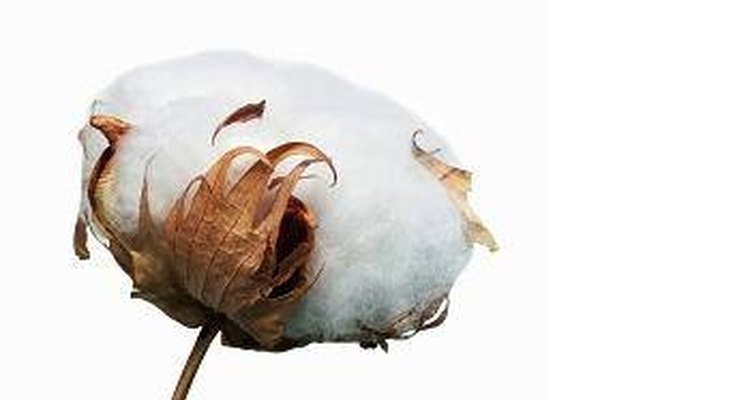
Cotton--The Fiber that Breathes
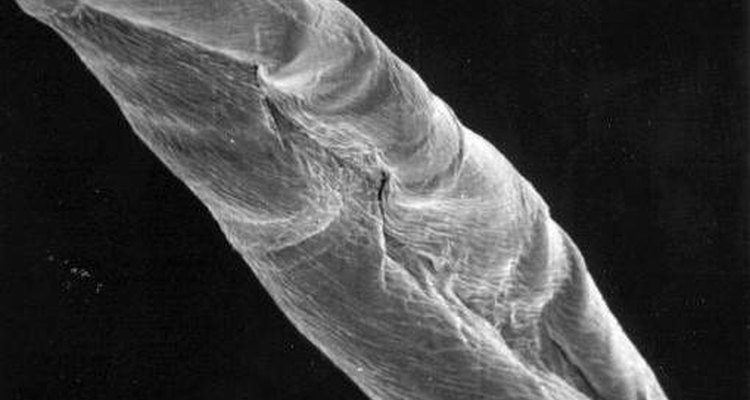
Cotton is a natural fabric---it is made from the blooms of plants grown in warm climates and processed, or "ginned," using machines that pull and stretch the fluffy blooms into fibers that are, in turn, woven into fabrics. Cotton is used for fireproof "turn-out gear" for emergency workers and medical scrubs, warming blankets and wound dressings in hospitals. Cotton is non-allergenic and adaptable; it insulates and absorbs more cost effectively than any synthetic or artificial fabric. Cotton is used in warm climates because it wicks moisture away from the skin. It is worn in layers of waffled fabric in cold climates to insulate. Its success is due to its ability to breathe---to absorb and let moisture out and allow circulation of air through its layer. These unique qualities are due to the unique molecular structure of natural fabrics like cotton. Cotton is one of the softest natural fibers and is the easiest to grow and harvest.
Air's the Secret
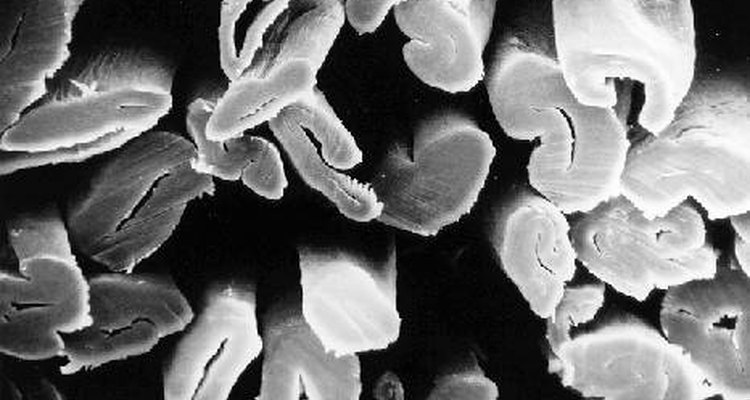
Cotton molecules are long, twisted chains of cellulose, composed of glucose molecules. As the chains twist around one another, they leave spaces that hold air. When fibers composed of these long molecules are woven into cloth, they twist further, holding more air. These pockets of air each capture heat from the body and retard its radiation into a cooler environment. The opposite is also true; cotton insulates the skin against a hot environment while absorbing moisture from the skin. The evaporation of moisture provides a cooling layer next to the skin. Synthetics, which are petroleum-based rather than cellulose compounds, must be woven or combined with natural fibers to provide the same type of insulation and ventilating properties. Because of their compact molecular structures, they cannot capture air and "breathe" in the same way as natural fibers like cotton and wool.
New Uses for Old Material

Cotton was first cultivated in Central America 5,000 years ago, and humans are still developing uses for this versatile fabric. Newer "green" building practices have identified cotton as an effective and safe material for housing insulation. Cotton insulation is made of recycled cotton clothing, like blue jeans, and requires less energy to produce than fiberglass and polyurethane foam. Completely natural, the material does not vent toxic chemicals like formaldehyde and has better sound dampening qualities than chemically formulated materials. Cotton is safe to use and does not require protective gear during installation like its closest competitor, fiberglass. A 3 1/2-inch-thick "bat" of cotton provides insulation rated R-13 for a standard wall. Also unlike fiberglass or polyurethane foam, it can be reused.
Related Articles
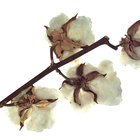
Uses of Cotton Fabric

Characteristics of Polyester & Cotton

Types of Wool Sweaters

Which Fabrics Are Most Fire Resistant?
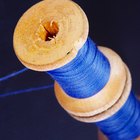
What Is a Synthetic Polyester Fabric?
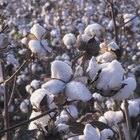
How Is Cotton Made?

The Advantages of Polyester Cotton

What Are the Advantages & Disadvantages ...

Uses of Macadamia Nut Shells

Properties of Cotton Fabric

Microfiber vs. Cotton Clothes

How Much of the World's Clothing Is ...

The Advantages of Wool Clothing

Differences Between Polyester and Nylon ...

Thinsulate Vs. Thermolite
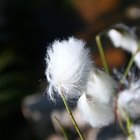
Define Cotton Silk Fabric
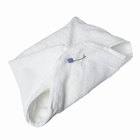
Microfleece Vs. Microplush

Types of Polyester Fabric

Types of Cotton Fabric

Fabrics That Haute Couture Designers Use
Writer Bio
An avid perennial gardener and old house owner, Laura Reynolds has had careers in teaching and juvenile justice. A retired municipal judgem Reynolds holds a degree in communications from Northern Illinois University. Her six children and stepchildren served as subjects of editorials during her tenure as a local newspaper editor.
Photo Credits
Microsoft Office clip art, U.S. Department of Agriculture